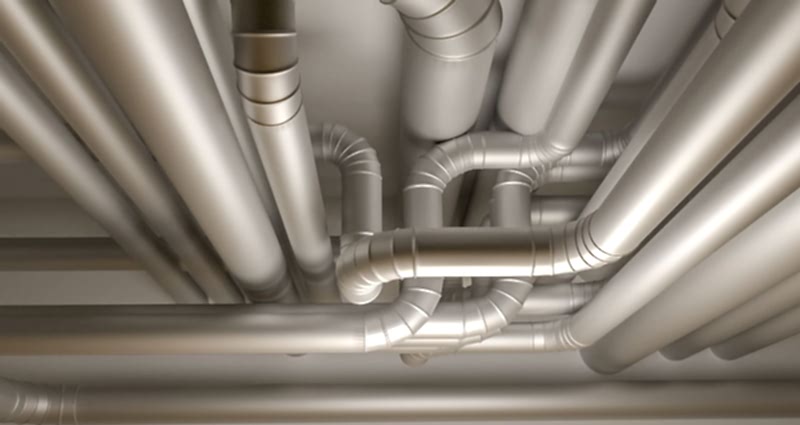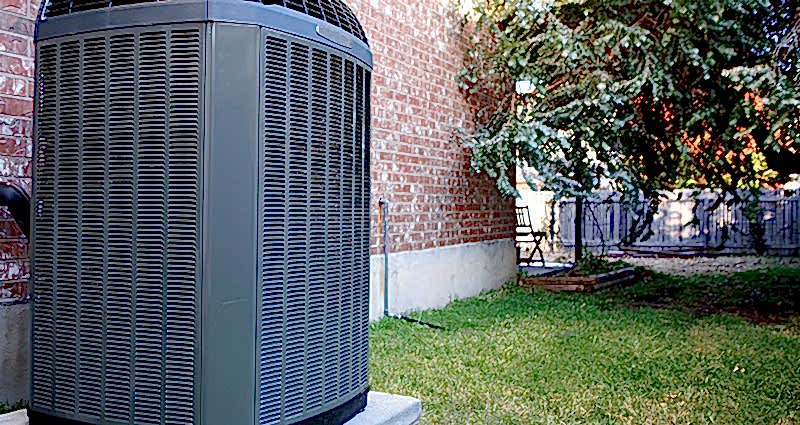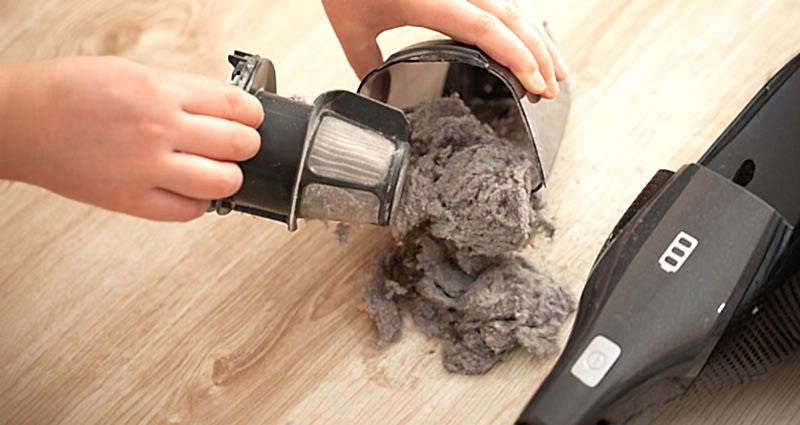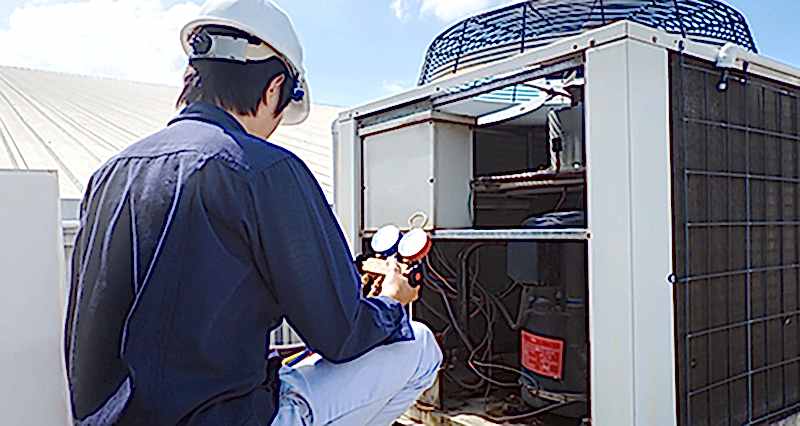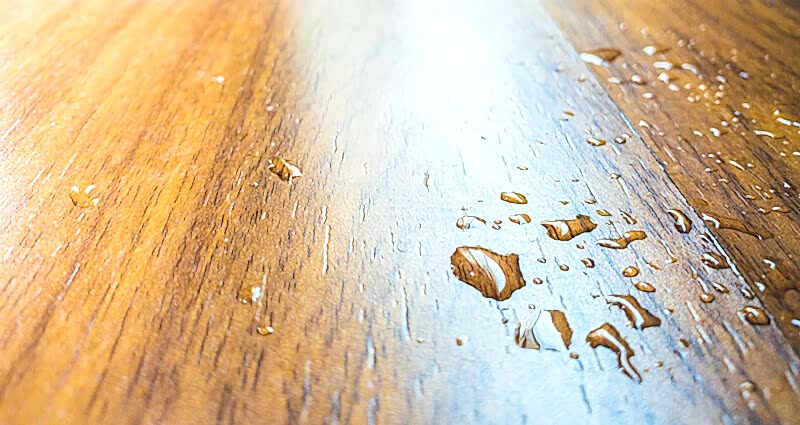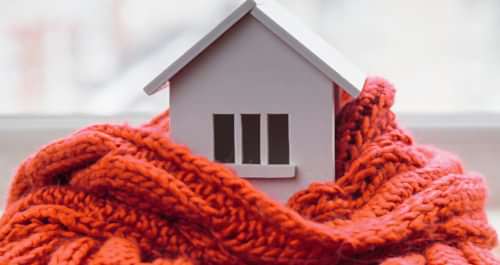Help! My house is hot upstairs and cold downstairs
If you are unable to maintain an even temperature in your house, consider the following interventions:
Change your air filter
Sometimes, the most effective fixes are also the simplest. If the air filter in your HVAC system gets clogged, your equipment will have to work harder to push air through the house and will not only be less efficient but likely less effective as well. Swapping out the old filter for a new one could be all you need to bring the temperature on the second floor in line with the first.
Repair and insulate your ductwork
Assuming your ducts are reasonably accessible, a bit of targeted maintenance can mitigate problems of uneven heat without necessitating major new HVAC installations. Track down and repair any areas where the ducts are leaking, and cover them in insulation to help the treated air actually maintain its proper temperature until it reaches its destination.
Of course, if you can't get at your ducts without tearing apart your walls, this exercise becomes much more challenging and invasive, but it might still be worthwhile to avoid purchasing new HVAC equipment, not to mention the efficiency improvements and accompanying reductions in utility bills that repaired ductwork will provide.
Shell out for a new air conditioner or furnace
Unfortunately, one reason that your house might be too hot upstairs and too cold downstairs is that your current HVAC equipment just isn't up to the job of providing a consistent air temperature throughout the building. It could be that your furnace or air conditioner is getting old, or it might be the wrong size air conditioner for your house. Either way, consult with a professional before you purchase a replacement to ensure that your new equipment will keep your entire house at your preferred temperature.
Look into zone control HVAC
Zone control systems give you the power to create different temperature zones in your home, which would allow you to bump the thermostat up a few degrees downstairs while dedicating less heat to the upstairs (or more air conditioning in the summer). That can help you even out any wild variations in temperatures you experience between floors. These systems can be retrofitted into existing duct networks using dampers and multiple thermostats, or you could also consider a ductless HVAC system, which would allow you to use individualized settings in every room that your system touches.
Investigate your attic's thermal integrity
More potential culprits for uneven temperatures lurk in the attic, particularly when you're running your air conditioner in the summer. If the attic is not properly insulated, you could be leaking treated air upward, preventing you from keeping your upstairs cold in the summer. Blocked soffit vents in the attic could infringe on the ventilation and cause the space to heat up and lure away your treated air as well. If you shore up your insulation and clear any blockages in the vents, you'll improve the ability of your upper floors to retain cool air. You may also consider installing attic fans to further cool your attic.
Reduce sources of heat upstairs
Your second floor will naturally be warmer than the first, so there's no need to exacerbate the issue by creating more heat upstairs. Try not to leave any lights illuminated on the second floor when you aren't using the space and limit the use of heat-generating appliances like hair dryers. Also, make sure you use your window shades tactically to keep the sun from shining into the second floor and addi its own heat to the mix.
Make your room colder using fans
Fans can be your allies in maintaining a constant temperature around the house, in more ways than one. First, try turning the fan setting on your thermostat to "On" to create a perpetual flow of air through the house, helping to distribute the treated air all over the building. Secondly, when occupying a room, use ceiling fans to keep the air circulating so you can be more comfortable no matter where you are in your home.






























